One of the most lovely screens for a microcontroller is the 0.96-inch OLED Display Module – SPI/I2C – 128×64 – 7 Pin (Blue).
OLED displays are the way of the future because they have a number of significant benefits over both LED and LCD conventional display technologies.
The fact that OLED displays, unlike traditional LCD/LED screens, do not require a backlight makes them the most appealing option. When an electric field or current is applied to organic material, a phenomenon known as electroluminescence (EL) causes the substance to “glow.” Top energy-efficient screens.
There is 128×64 pixel resolution available on this 0.96-inch OLED display module. Compared to LCD panels, they are significantly thinner, have better brightness, and create more accurate and vibrant colours.
This OLED Display Module is really small and will give your Arduino project the best user interface ever. This display is connected to the Arduino board using the SPI or I2C (also known as IIC) serial interface.
When powered by a DC 2.8V supply, the 0.96-inch OLED Display Module generates blue lettering on a black background with excellent contrast. Additionally, the OLED Display Modules provide a very broad viewing angle of around more than 160°.
Setting up SPI/I2C Connection with GMS096A OLED Module :
Being a new entry into the market, only limited resources are available on this small piece of a miracle (GMS096A). I2C/SPI configuration always demands helpful resources as in any case. For the SPI setup, the module comes in 4 wire SPI configurations by default, and to make it work with the Arduino you can use these libraries from Adafruit.
For the I2C setup, it demands a little bit of work on the module, let us start with resoldering the resistor from position R3 to R1 and then short the R8 resistor with some soldering tin (0 Ohm resistor). The R6 and R7 pullup resistors are already soldered, with nothing to do there. Once done, the module is ready for I2C communication! The CS Pin is not necessarily needed, so just connect it to GND. The DC Pin selects the address. For standard address wire it to GND. The RES-pin needs a low pulse at startup and a high voltage during operation (as in SPI mode), a 100nF capacitor to GND and a 10k resistor to VCC would be ideal!
Useful Link:
For more information refer to tutorial.
Features :
- No need of the backlight
- The display is self-illuminating
- Power requirement is low
- They are offering the large viewing angle
- Full Compatible with Arduino
- Factory configured for SPI protocol (can easily change to IIC)
- Better performance characteristics than traditional LCD and LED displays.
- Only Need 2 I/O Port Control
| Shipping Cost |
|
| Shop Location |
No reviews found!




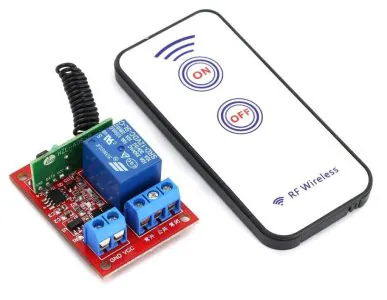
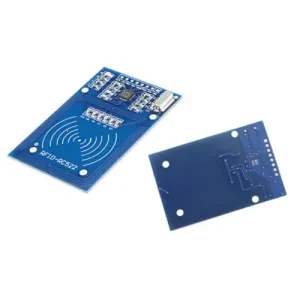




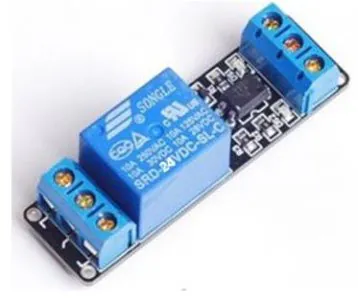

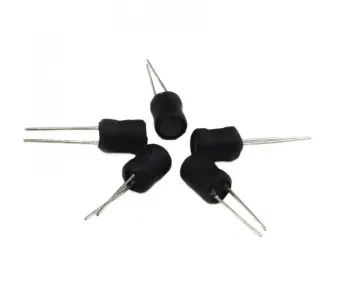
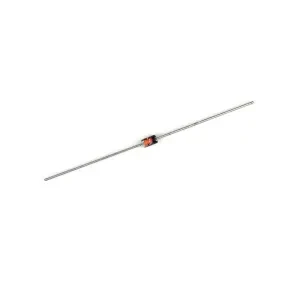
No comments found for this product. Be the first to comment!